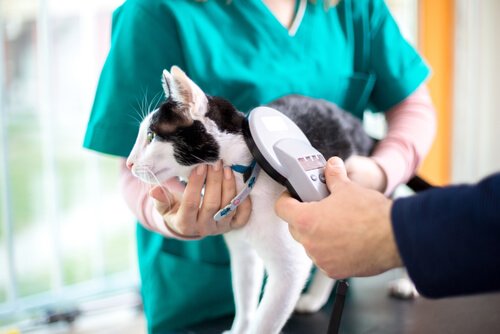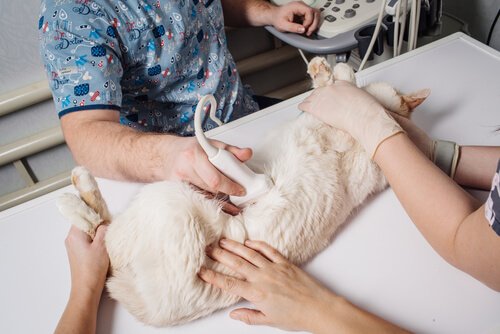Intestinal Parasites in Cats: Treatment and Prevention

Up to 45% of the feline population will be infected by gastrointestinal parasites at some point in their lives. Due to their levels of prevalence, it’s important to learn how to distinguish the symptoms that your pets may experience once infected, and to prevent them from getting infected in the future.
How to know if your cat is infected
Intestinal parasites are usually silent, effective and usually act in harmony with their host because they depend on their host’s survival. Normally, when your cat starts experiencing symptoms, it’s a sign that there’s an imbalance taking place.
The high reproduction rates of the parasites can threaten your animal’s life, and the symptoms your pet may experience can vary depending on the type parasitical infection. Here is a list of the most common:
- In young cats, the so-called failure “in development,” takes place when the normal growth of a kitten is altered due to the parasites consuming all the ingredients they ingest
- Rickets
- Anemia
- Vomiting, diarrhea and gastrointestinal disorders
- Loss of sheen in the mantle
- Swollen and rounded belly
- Dehydration
These symptoms can weaken your cat and make it more vulnerable to diseases that are caused by viruses or bacteria. Domestic cats are usually not exposed to parasites, because they take good care of their hygiene and the risk they have of getting infected is due to unhealthy environments or nature.

Types of parasites to look out for
The most common type of parasites you can find in your feline’s feces is worms. They are round or flat. An example, of a very common flat worm would be the tapeworm.
Round worms are the most common and are usually found in young cats. The types of rounded worms that most often affect the feline population are the Toxocara cati and the Toxocara leonina. The female worms can lay up to 300000 eggs a day. They are usually located in a cat’s small intestine and lay their eggs in stools.
The eggs of this type of worm will infect the environment of your pet and may affect other animals. They can also infect humans. These eggs resist high and low temperatures and remain contagious for five years.
Hook worms are less common than round worms. However, they usually cause more damage to the animal because they feed on blood and tissues of the intestinal wall and inflict wounds that cause blood loss and severe anemia. They are usually spread through the skin or when ingested.
Among the tapeworms, the most common is Dipylidium caninum or flea tapeworms. It is transmitted when the cat ingests fleas that are infested by this parasite’s larva. This usually takes place when they get groomed and catch a flea by accident.

Cats that have tapeworms don’t usually show and any symptoms, except when they get slight irritation around the anus due to eggs. So, pay close attention to your cat to detect any unusual behaviors.
Treatment and prevention of intestinal parasites
These parasites are treated with medication prescribed by the veterinarian. One of the most common is Piperazine, which gets rid of round worms that are already living in the intestine. Another common medicine is Pyrantel Pamoate, which can be given to pregnant cats or young animals.
When it comes to prevention, cleanliness in the animal’s environment is the most important factor to prevent parasites from appearing. It’s a good idea to disinfect the places your cat usually goes to on a regular basis. Examining your animal’s feces from time to time and taking it to the vet for routine check-ups can also be helpful.